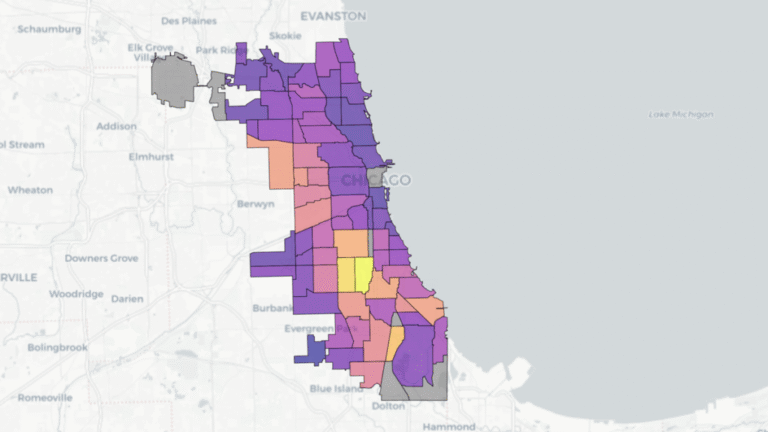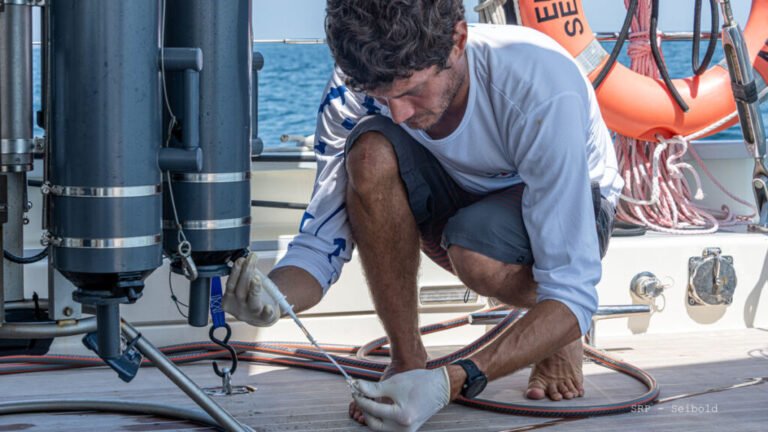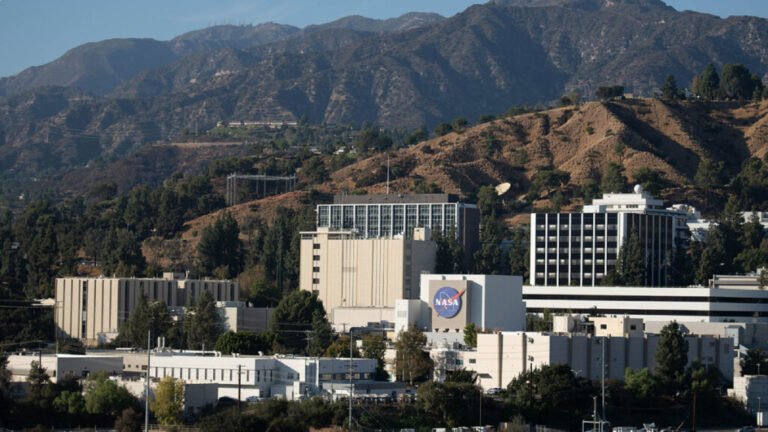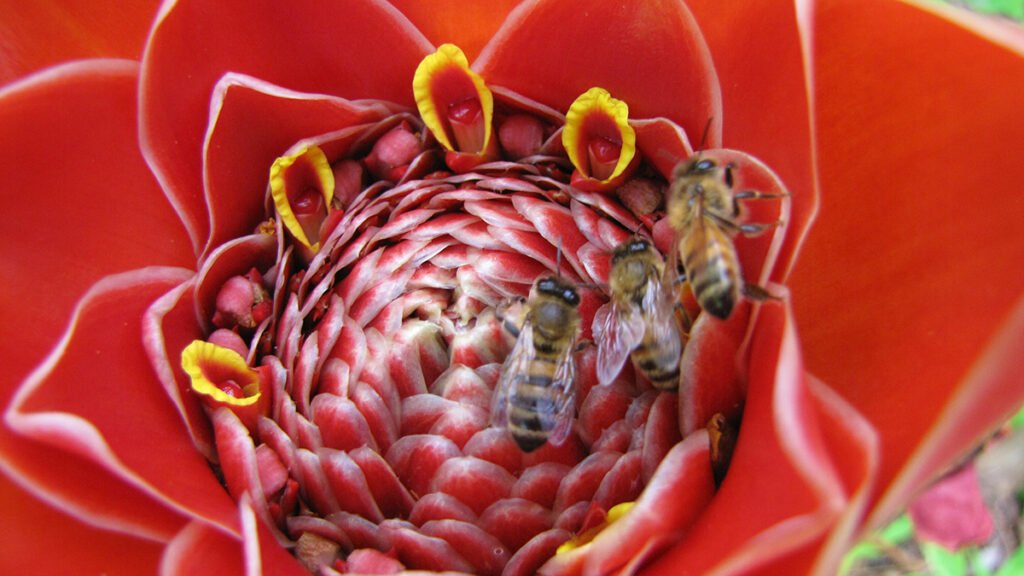
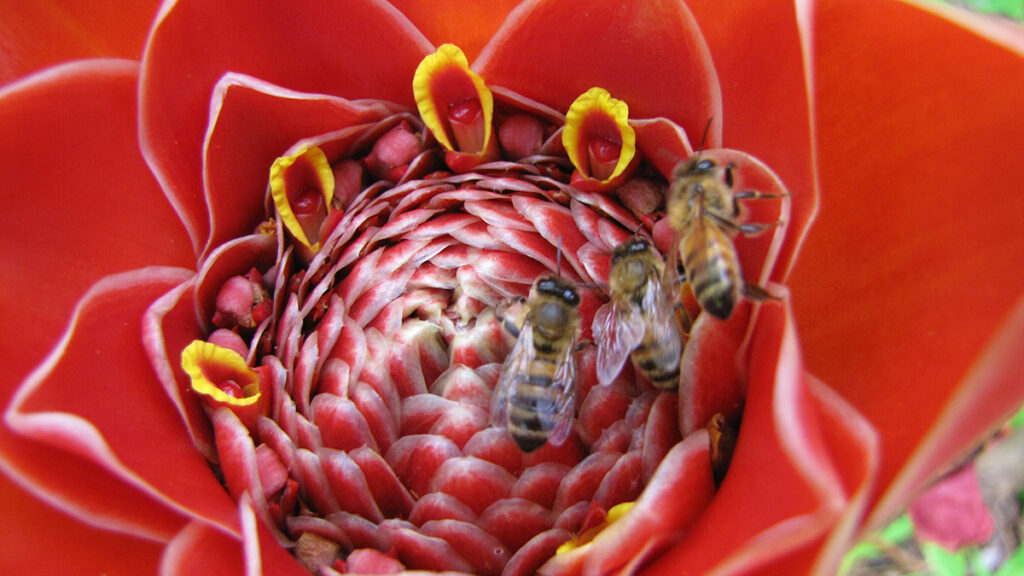
Over the course of millennia, insects, spiders, and other arthropods in tropical forests have evolved in response to natural weather cycles like the El Niño–Southern Oscillation (ENSO).
With climate change, however, these global-scale phenomena are strengthening and becoming more frequent, and arthropods are unable to adapt. In a new study published in Nature, researchers found evidence that El Niño events influenced by global warming are chipping away at the diversity and functions of arthropods in tropical forests around the world.
To understand the effect of ENSO on arthropods, researchers led by University of Hong Kong entomologist Adam Sharp extracted data from studies conducted in tropical forests that have not been commercially altered by human activity, such as Barro Colorado Island in Panama, Mount Wilhelm in Papua New Guinea, and Kibale National Park in Uganda. These datasets included samples on arthropod diversity collected for 48 different species from 35 sites.
Using that information, the researchers created a model that allowed them to identify long-term trends in the diversity of different arthropod families through El Niño events from the 1990s until 2020.
They found a general decline among all the orders they analyzed, which included spiders, beetles, butterflies, cockroaches, termites, and other bugs. The only exception was Diptera, an insect order that includes flies and mosquitoes. Diptera was the only order whose species demonstrated increasing population trends during ENSO events.
Using this model, researchers were able to predict future declines as well as document current trends. They found that the most significant losses of biodiversity would most likely be among spiders, bugs, and butterflies.
The scientists also created a separate model to identify the effects of El Niño on the ecological services provided by arthropods, such as pollination, soil health, and pest control. To do so, they gathered data from studies that measured the amount of tree litter in tropical forests and the amount of damage to plant leaves caused by herbivore arthropods.
“In the models of leaf herbivory, we saw a big decline in the amount of leaves consumed by arthropods after around the year 2000. And this correlated strongly with what we predicted for the diversity of arthropods which would probably inflict that damage,” said Sharp. The model coincided with a decline in beetles in particular, he noted.
Mismatched Life Cycles
“Every time there’s a strong El Niño event, some of that biodiversity is chipped away and it doesn’t have time to recover before the next El Niño event.”
Sharp said that both models, although designed independently, support the same conclusion: “It looks as if every time there’s a strong El Niño event, some of that biodiversity is chipped away and it doesn’t have time to recover before the next El Niño event.”
Oliverio Delgado-Carrillo, an entomologist at the Universidad Nacional Autónoma de México who did not participate in the new study, said Sharp’s findings make sense in light of his own research, which focuses on a pollinator bee species associated with Mexican pumpkin flowers.
Delgado-Carrillo contributed to a paper published earlier this year in Global Change Biology that addressed the effects of climate change on the relationship between plants and pollinators.
Delgado-Carrillo and other researchers found that in general, flowers are beginning to bloom earlier, causing a mismatch between the life cycles of pollinators and their food supply. The pumpkin flowers studied by Delgado-Carrillo, for instance, bloomed before bees emerged from the soil, limiting the time available for pollination.
Sharp agreed with Delgado-Carrillo that more severe ENSO events will most likely cause more of these temporal mismatches between arthropods and plants.
Both researchers said the consequences of the decline in arthropod diversity are hard to predict but will likely be severe and far-reaching. In addition to effects on crops that rely on pollinators, for example, scientists point out that soil health would plummet without cockroaches processing leaf litter and other organic materials that provide nutrients to tropical soils.
In addition, Delgado-Carrillo expressed concern that without insects to control their populations, some opportunistic plants benefiting from climate change might outcompete less resilient species. “Herbivores are functioning as a kind of control mechanism for all those plants that could become dominant and interfere with these ecosystem processes,” he explained.
Filling the Data Gaps
Finally, Sharp and Delgado-Carrillo agreed that more research about ENSO and arthropods in tropical forests is needed. Sharp emphasized the knowledge gap surrounding tropical Africa and Southeast Asia in particular.
Yves Basset, an entomologist from the Smithsonian Tropical Research Institute in Panama, works on what’s most likely the only long-term continuous monitoring program of arthropods in tropical Latin America. His team’s work was one of the main sources of information for Sharp’s study, although he did not directly participate in the research himself.
For Basset, financing more projects like his in all tropical forests around the world is vital for understanding the effects of human-induced climate change on arthropods, especially for cyclic events like ENSO.
—Roberto González (@perrobertogg.bsky.social), Science Writer
Citation: González, R. (2025), El Niño may be driving insect decline in the tropics, Eos, 106, https://doi.org/10.1029/2025EO250339. Published on 15 September 2025.
Text © 2025. The authors. CC BY-NC-ND 3.0
Except where otherwise noted, images are subject to copyright. Any reuse without express permission from the copyright owner is prohibited.
